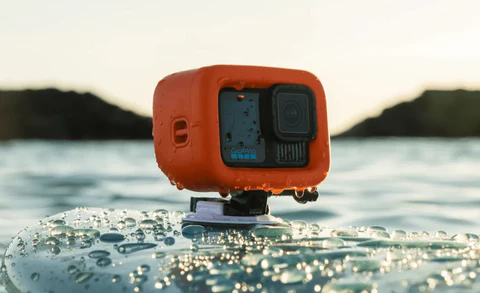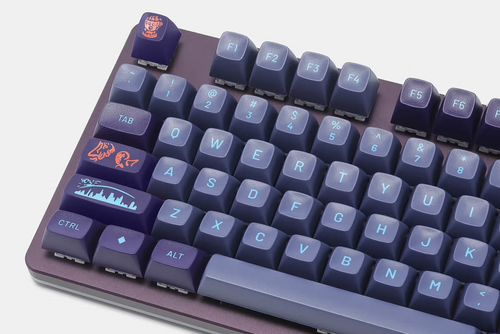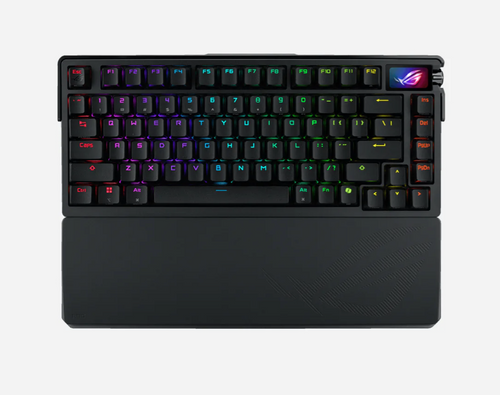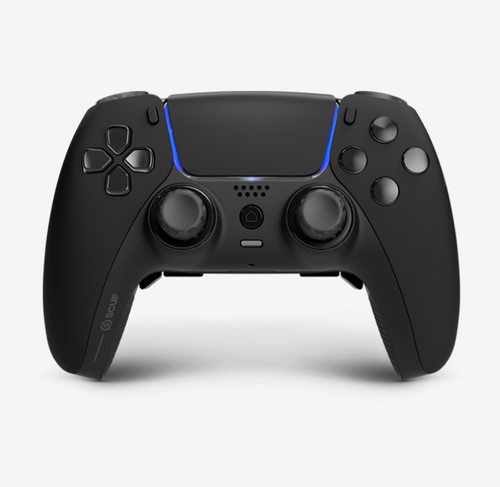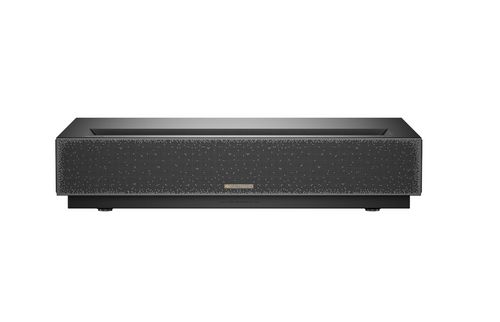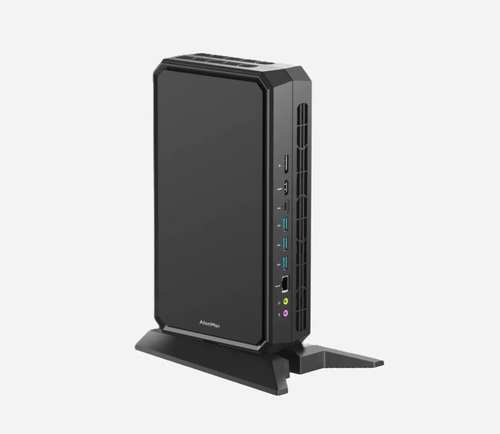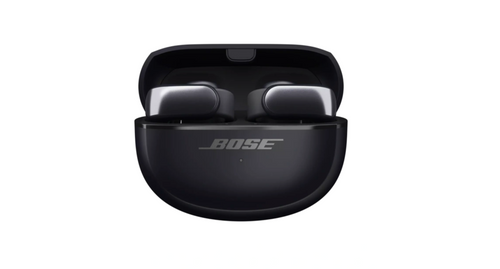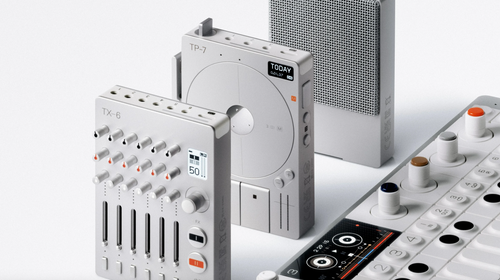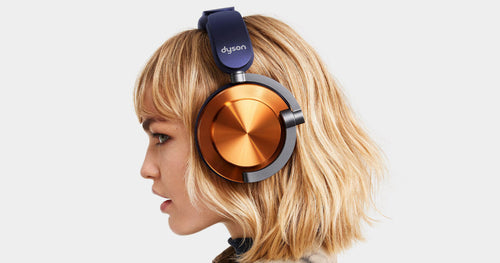The Future of Immersive Tech: Top 7 AR/VR Products You Should Know About in 2024
As 2024 unfolds, augmented and virtual reality technologies are advancing faster than ever, offering new ways to engage with both digital and physical worlds. From gaming to productivity, these innovations are reshaping how we interact with the world around us. Below are the top seven AR/VR products dominating the market today, along with insights into key trends and future expectations for AR glasses.
1. Apple Vision Pro
Apple's Vision Pro is setting new benchmarks for immersive technology. Priced at $3,500, it's not for everyone, but it marks a giant leap forward in the VR space, introducing “spatial computing.” The device includes dual micro-OLED screens, offering crystal-clear visuals, while its spatial audio system creates a highly realistic sound environment. Vision Pro has intuitive gesture controls, and though still buggy, it has laid the foundation for the future of VR. However, at its current price and weight, the Vision Pro highlights a common challenge in the AR/VR world—high cost and physical discomfort during extended use.
Key Features:
- Micro-OLED displays
- Spatial audio
- Gesture controls
- Price: $3,500
2. Meta Quest 3
Meta’s Quest 3 is a standout among standalone VR headsets, providing excellent performance without the need for a PC or console. With a lower price point of around $500, it balances affordability with functionality. The Quest 3 offers users access to Meta's vast library of apps and games and even supports PC VR streaming. While the Quest 3 continues to lead as a budget-friendly option, it’s still limited by mobile hardware, which can affect the complexity of VR experiences.
Key Features:
- Standalone VR
- Large library of games
- Affordable pricing
3. PlayStation VR 2
Sony’s PlayStation VR 2 is an excellent option for gamers looking for a seamless virtual reality experience on a PlayStation 5. Its dual 2K OLED displays and advanced features like eye-tracking make it a top-tier device. This headset is a major step forward from the original PS VR, offering immersive haptics and high-quality graphics. However, the game library is still developing, and at $550, it’s priced higher than the console itself.
Key Features:
- OLED HDR displays
- Eye-tracking and haptics
- Price: $550
4. XREAL AR Glasses
One of the leading players in the AR space, XREAL (formerly Nreal), offers a sleek pair of augmented reality glasses that project a 130-inch virtual screen right in front of you. Lightweight and portable, they are ideal for users who want to merge entertainment with mobility. These glasses excel in media consumption and light gaming, but like most AR devices, battery life and device weight still need improvement.
Key Features:
- 130" virtual screen projection
- Lightweight and portable
5. Valve Index
For serious gamers, Valve’s Index VR headset is considered one of the best PC-based VR devices available. Known for its precise tracking and excellent visual clarity, it delivers high refresh rates that make fast-paced VR games smoother and more immersive. However, users need a powerful gaming PC to unlock its full potential, making it a higher investment.
Key Features:
- High refresh rates
- Precise motion tracking
- PC VR
6. HTC Vive Flow
The HTC Vive Flow is designed for a more casual VR experience, focusing on relaxation, media consumption, and mindfulness apps. Its portability and lightweight design make it appealing for users who want to escape into a virtual world without the bulk of a traditional headset. Despite its ease of use, it doesn't offer the gaming power that other headsets like the Valve Index provide.
Key Features:
- Portable and lightweight
- Ideal for relaxation and media
7. Rokid Max
Rokid Max is another powerful AR option that aims to seamlessly blend digital and real-world experiences. Designed for business and entertainment, Rokid Max glasses offer high-quality displays, but like other AR devices, there is room for improvement in battery life, and further integration with AI could unlock its true potential.
Key Features:
- Blends AR and real-world visuals
- Focused on business and entertainment
Future of AR Glasses: Key Feature Expectations
While AR glasses have made significant progress, certain challenges remain before they can become truly ubiquitous. Some key areas for improvement include:
- Battery Life: Most current AR glasses last only a few hours, limiting their functionality during extended use. Future iterations need to extend battery life without making devices bulkier.
- Lightweight Design: As AR glasses evolve, reducing their size and weight is crucial for comfort during long-term use. Despite being marketed as "portable," many AR glasses still feel cumbersome when worn for extended periods.
- AI Integration: The integration of AI holds enormous potential for AR glasses, enabling more intuitive interactions and advanced real-time data processing. Whether it’s for enhanced navigation or smarter personal assistants, AI could transform AR glasses from entertainment devices into indispensable productivity tools.
Conclusion
As 2024 progresses, AR and VR technologies are at the cusp of becoming more mainstream. While VR headsets like the Apple Vision Pro and Meta Quest 3 are redefining immersive experiences, AR glasses like XREAL and Rokid Max offer exciting glimpses into the future of augmented reality. That said, improvements in battery life, weight, and AI integration will be essential to ensure these devices become as common as smartphones. With constant innovation, the future of immersive tech is bright—and it’s only just getting started.
